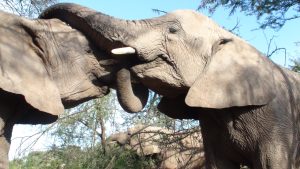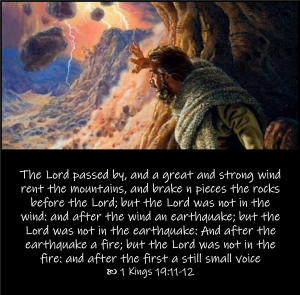 Turns Out Elephants May Play a Crucial Role in Saving The Planet
Turns Out Elephants May Play a Crucial Role in Saving The Planet
Preserving populations of critically endangered forest elephants is crucial not just for the animals themselves, but to protect the carbon-sucking capacities of the environments they live in, a new study demonstrates.
The rainforest of central and west Africa, which is the second largest on Earth, could lose 6 to 9 percent of its atmospheric carbon capturing capacity if elephant communities were wiped out – further accelerating the warming of the planet.
Forest elephants play a crucial role in the carbon cycle, ‘thinning out’ the rainforest canopy by eating fast growing taller trees that capture less carbon. This creates more space and sunlight for the slower growing trees beneath which capture more carbon from the environment.
« If we lose forest elephants, we will be doing a global disservice to climate change mitigation, » says biologist Stephen Blake from Saint Louis University in Missouri.
« The importance of forest elephants for climate mitigation must be taken seriously by policy makers to generate the support needed for elephant conservation. The role of forest elephants in our global environment is too important to ignore. »
Using data from previous studies and new information collected in the field, the team analyzed nearly 200,000 records of forest elephant feeding patterns in Africa, covering more than 800 individual plant species.
The preference that elephants have for the lower carbon density trees seems to be down to the nutritional value they get from them rather than they’ve availability: they’re more palatable to the animals and easier to digest.

 This came to my mind as I read the 1st reading of today’s celebration (1 Kings 19:9,11-13).
This came to my mind as I read the 1st reading of today’s celebration (1 Kings 19:9,11-13).
 Today’s gospel text shows us a vivid example of this (Matthew 17:1-9).
Today’s gospel text shows us a vivid example of this (Matthew 17:1-9). THEME 2023: « Reach every victim of trafficking, leave no one behind »
THEME 2023: « Reach every victim of trafficking, leave no one behind » If this is where we find ourselves just now, we need only to remember the words of the apostle Paul in the 2nd reading:
If this is where we find ourselves just now, we need only to remember the words of the apostle Paul in the 2nd reading: